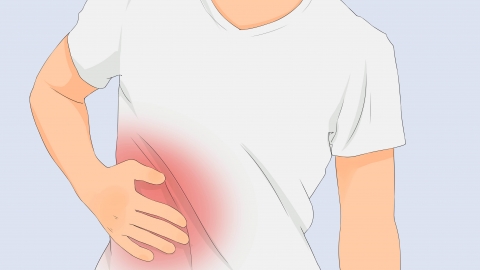How long does it usually take for the pain to subside in acute cholecystitis?
In general, the time it takes for pain to subside in acute cholecystitis is not fixed and largely depends on whether treatment is timely and the severity of the condition. With proper treatment, pain typically significantly improves within 3–7 days; however, more severe cases may require about two weeks. Detailed analysis is as follows:

If patients seek medical care promptly and receive standardized treatment—such as antibiotics to control inflammation and antispasmodic drugs to relieve bile duct spasms—and if the condition is mild without complications like abscess formation or gallbladder perforation—the pain usually gradually decreases within 3–5 days and mostly resolves by around seven days. During treatment, strict fasting or a low-fat diet is required to reduce stimulation of gallbladder contraction and promote resolution of inflammation.
If treatment is delayed or the condition is severe, with complications such as gallbladder fluid accumulation or pus formation, the duration of pain may be prolonged, potentially lasting two weeks or longer. In such cases, intensified anti-inflammatory therapy is often needed, and some patients may require surgical removal of the gallbladder, after which the pain gradually subsides.
In daily life, overeating should be avoided, and intake of high-fat foods should be reduced to prevent excessive gallbladder contraction that could trigger inflammation and lower the risk of acute episodes.







